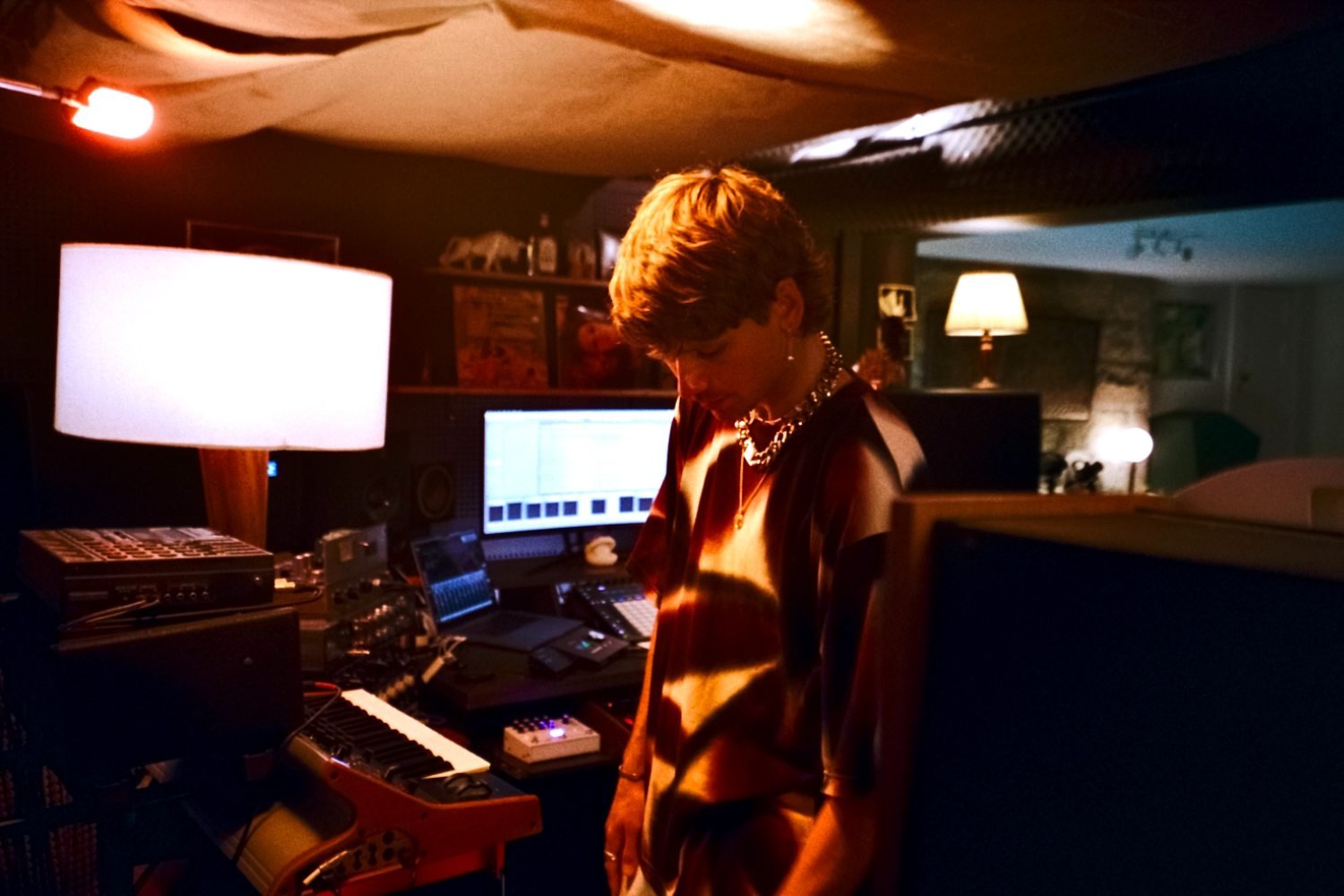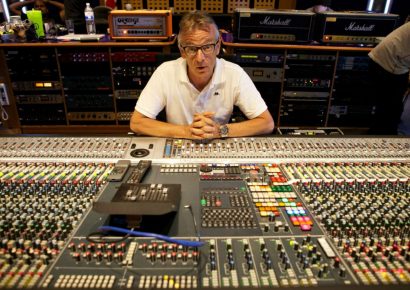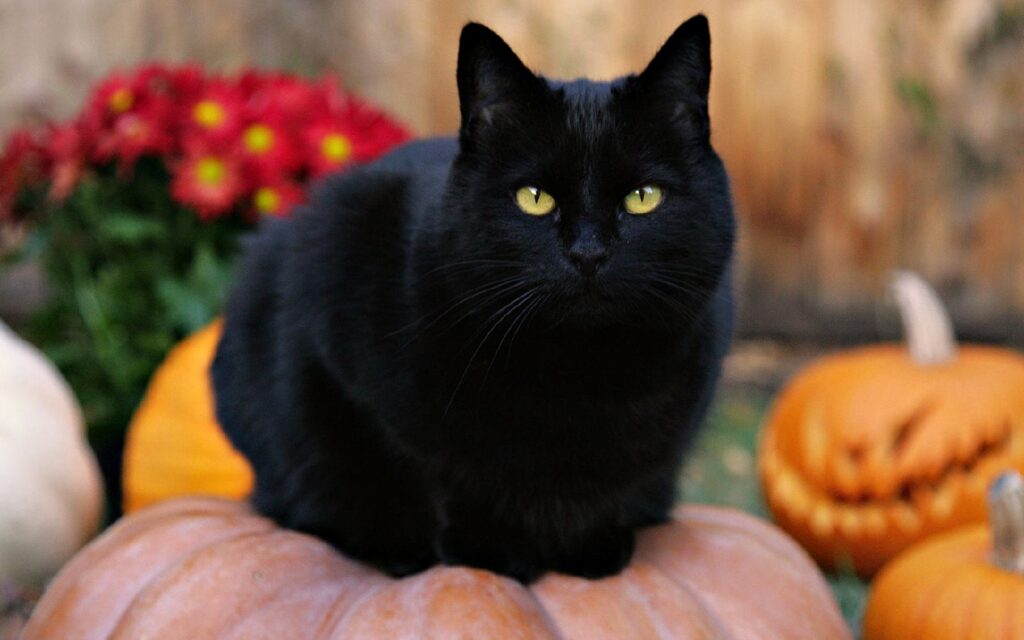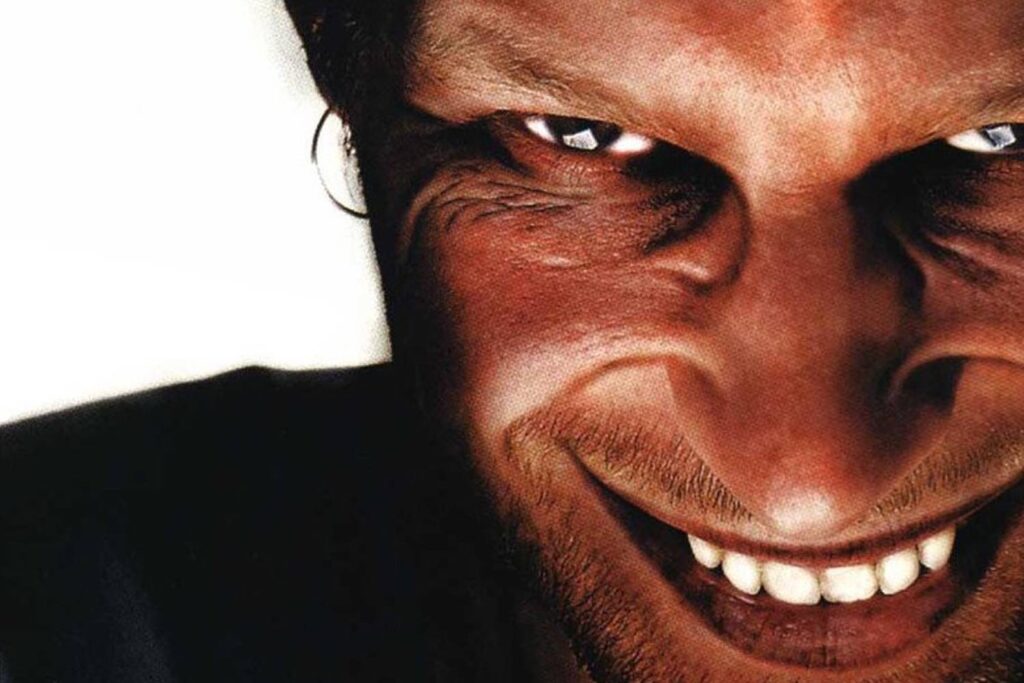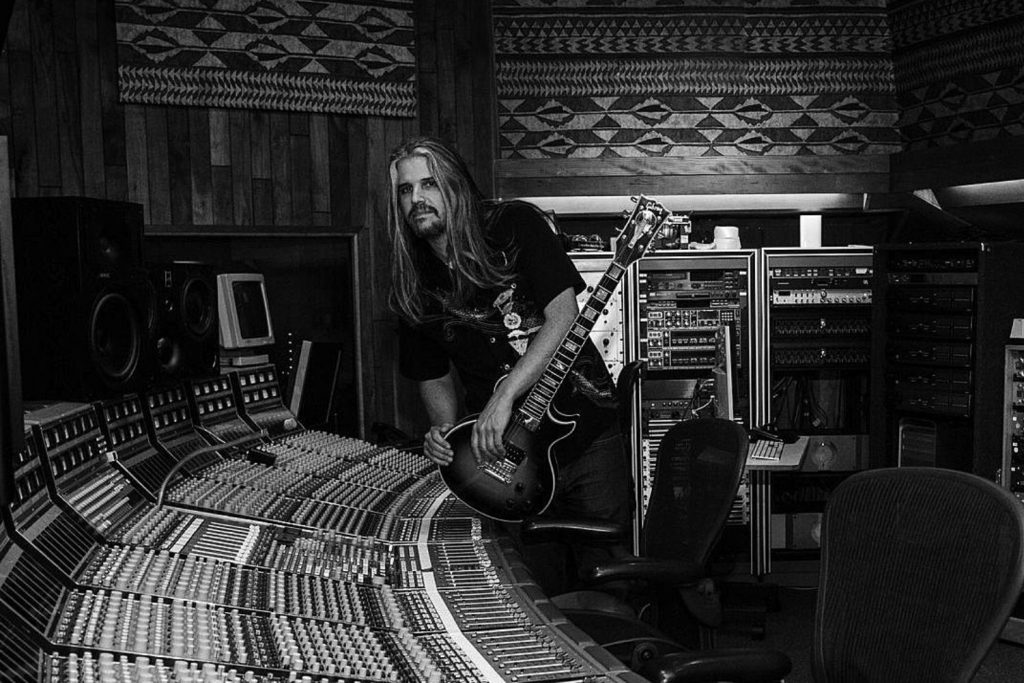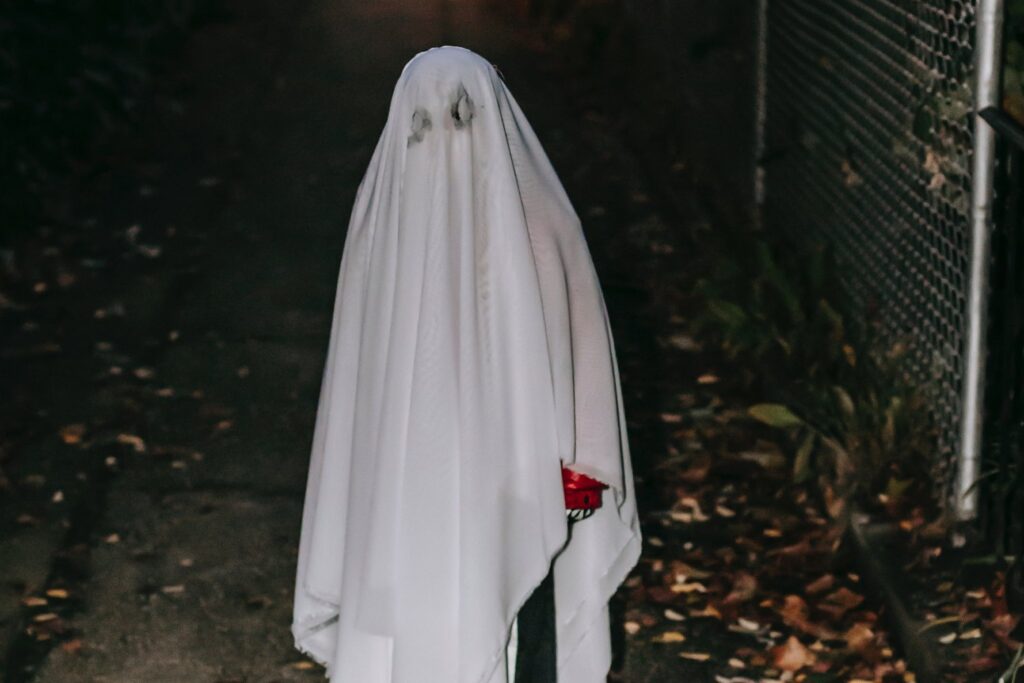Photography by Harleigh English
A personal account of a journey through making music, featuring studio tips, a gear rundown, and more!
Growing up I always played in bands and that was definitely very formative and inspired me to commit to a life in music.
My world was blown apart in my late teens by the Radiohead King of Limbs remix album which introduced me to electronic music and some of my favourite producers in that world. Deep diving into Four-tet and Caribou’s mixes and playlists exposed me to an eclectic blend of soul, rare groove, jazz, and electro that really influenced my perspective on sounds, pulling together disparate parts of different genres to make things that feel fresh.
At the same time I was getting into recording my own music and figuring out how to make a record purely through trial and error. I accidentally stumbled into the producing gig when I put my hand up to mix a track for a friend of mine’s band called Micra. The song was a trippy psych pop song that got some attention on triple j and they signed a deal off the back of it. At the time that was really exciting and it made me realise I could pursue this as a job. I was already super passionate about producing, I just hadn’t considered where it may take me longer term. Now I’ve been full-time on production and mixing (and co-writing) for around six years and couldn’t be more grateful to be making music everyday.
Read up on all the latest interviews here.
Frank Ocean’s Blonde Era music has been completely transformative for me. The expansive sonic worlds created on that record are the pinnacle of recorded music for me personally and something that I strive to achieve in varying ways on the records I work on, and in my own music too. As for producers of guitar oriented music – whenever I hear an incredible sounding indie record, and I look up who produced it – it seems to be either John Congleton or Shawn Everett. They both have an incredible sense of depth to their records and I obsess over their creative use of distortion. Tom Elmhirst’ mixes are incredible – he has a unique way of drawing as much emotion from a song as possible.
My studio is called Blankspace__, I’ve been in there for a decade or so and it’s evolved a lot through that time. I’ve collected a whole bunch of gear over that time so I dig having a wide spanning palette to reach to for the eclectic material I’m lucky enough to work on. The studio is open plan and I have all kinds of instruments, from an upright piano, a Wurlitzer, a Rhodes, a bunch of synths and some select pieces of outboard gear. The production workflow really depends on what’s being recorded. For my own music specifically I usually like writing on a piano or electric keyboard and arranging the whole song before I track anything. I find that to be the most efficient way for me personally, otherwise I can get caught up in the million different things in the studio to make noise on.
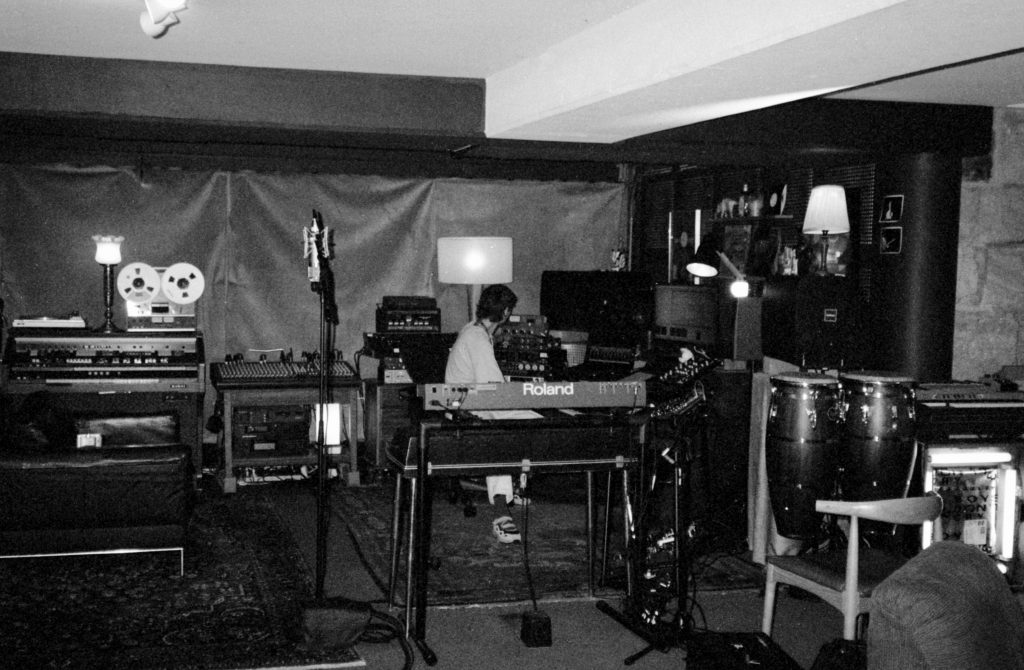
One thing that I’m very conscious of in the design of the space is to make speed a priority. I never want to make the artist wait. If they have an idea – we should be tracking it instantaneously. This gives the sessions a strong sense of flow and allows for that excitement of an initial idea to be captured – and I think that’s extremely important in record making. Every single line in the studio from keyboards to drums are patched, and the front end is ready to go. That definitely takes a fair bit of preparation – but is absolutely invaluable.
There are pieces of gear that I find myself leaning on for certain sounds, and that are inspiring for a period of time. At the moment I’m loving the Moog Matriarch for left of centre synth sounds and its grit, but in terms of having a cohesive sound working across different projects – that all comes down to taste. Taste is by far the most important variable in the process. When you can find common ground with an artist and align on a vision for the arrangements and sonics of a record – that’s when you can make something of real substance.
As far as front-end recording goes, I’m in the UAD world and think it sounds great. I do have a bunch of hardware pre’s which I love – my favourite being the preamp section of an old Ampex 601 tape machine. It oozes character. There’s a bunch of tubes in it and it’s super slow and gooey sounding. I also have some HA Neve 1073s which are a no-brainer and a UA LA-610 which is really smooth. Honestly, I think the UAD emulations sound as good as hardware – I purely have a bunch of pre’s so I can grab them with my hands and move fast when multitracking things. As soon as humans can interface with computers / plugins in a more tactile way – I would be totally fine being all digital.
For monitoring, I run Adam AX7’s with a matching sub. I’ve used Sonarworks (Sound ID) for the last few years and it has been a game-changer for me – it made me really confident with mix translation.

My choice of DAWs varies a bit, I work in Logic a fair bit because that’s the program that most artists seem to do their demos in – and if we are building out from that session I usually just stay there. However I enjoy working most in Ableton Live, I love the speed of it – editing and programming drums are lightning fast and it inspires a more contemporary approach to production which I’m drawn to.
The new tracking linking feature in Ableton’s latest update has been massive for me. It makes multi-track editing a breeze, where perhaps I used to be hesitant to track things like live drums in Ableton. Also the new comping is the bomb and makes vocal editing super intuitive and fast.
I record live drums on a bunch of projects. I like to take a fair few lines on drums so I have plenty of colour to play with when I’m pulling the sound. I have a pretty typical close-mic setup with 421’s on toms, 441 on snare, a 57 on hats, a JZ Blackhole condenser kick out, and a Sennheiser kick in. I have some Aston Spirits as overheads, but most of the excitement comes with the auxiliary lines. I have a carbon-phone mic stuck between the front head of the kick and the snare, and a bunch of different rooms, which get varying degrees of heat. I also like to buss out my kick and snare on my console and run it through a SansAmp for some mid range heft.
A Golden Age U47 clone is my go-to mic for vocals, pianos, and as a room. I’m drawn to its rich lower mids, and I like mics that aren’t overly bright because I tend to compress and saturate heavily in the mix – which brings forward a lot of top end detail. For dynamics – I love my vintage white 421’s – they sound great, but I probably gravitate towards them because they look mad!

I bought an incredible vintage beyerdynamic mic for $20 that has a really narrow frequency spectrum. It gets a workout on vocals – often on doubles and other layers for some colour. I also like it on hats because it doesn’t capture much top end information which I never seem to want on hats.
For my work processes, having consistent hours is imperative to having a sustainable practice. Years ago I used to pull marathon 14/16-hour sessions and think it was pretty cool, but I would be written off the next day. It was totally counter intuitive. I live half an hour away from my studio and that separation helps. I work my eight hours like every norm-core person and get out of the studio, so that I can do my best work every single day. I’m disappointed when I don’t feel on fire in the studio. I want to give the artists I work with everything I have.
As for knowing when a project is finished – that becomes pretty intuitive over time, and also becomes more apparent as your style is refined. These days I find myself putting less and less in tracks – but making all the elements that are critical to the arrangement really mean something and speak to the listener.
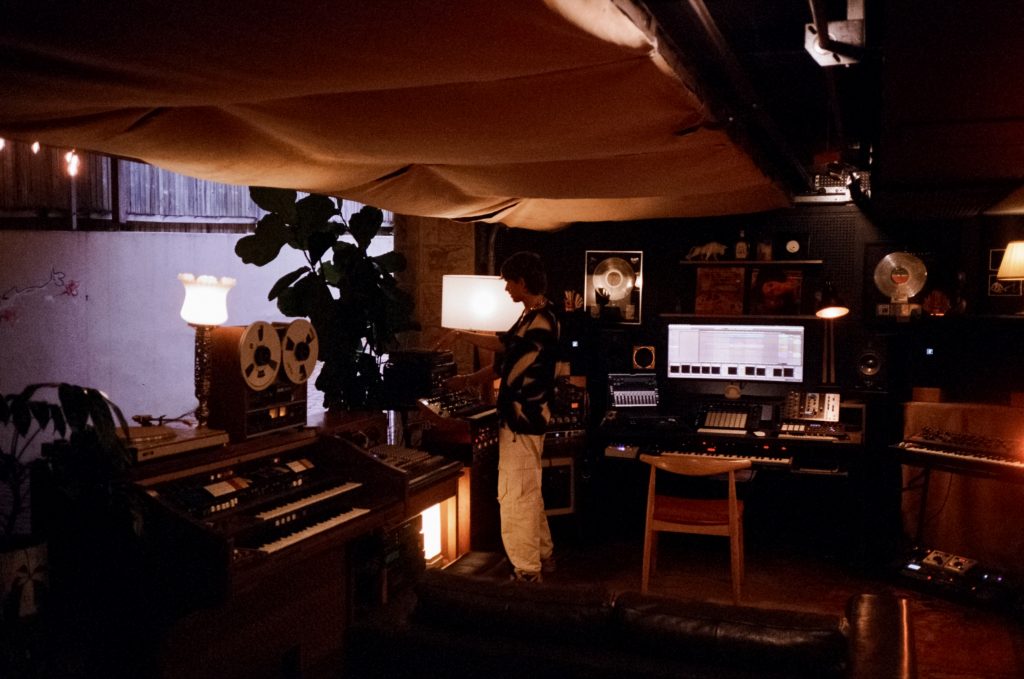
In the plugin world, at the moment I’m rinsing Trackspacer by Wavesfactory. It’s a dynamic EQ which ducks whichever frequencies are being fed into it through a side-chain. When used in a subtle way cumulatively across lots of elements of a mix – it really opens it up and carves out space for different parts. I’m also loving the Neold Warble tape plugin at the moment. Less for typical tape effects, but more as a tonal control. It tames the top end nicely and adds harmonic richness to the lower mids which resonates with me.
My go-to compressor would be a UAD 1176 for tone and control, LA-2A for the ooze, API buss comp for glue, and FabFilter Multiband to get technical.
The Eventide Blackhole algorithm always sounds incredible to me. That’s my favourite for spacious long verbs. As far as delays go, I love the sound of analog delays and tape echoes. Whether that be my real Space Echo 150 for some character or something designed up on Echoboy or Valhalla delay. My wildcard is the Binson Echorec modelled by the Italian company Overloud – sounds killer!
An EQ I can’t live without would be Pultec all day. It always sounds so musical to me. The FabFilter Pro Q3 is pretty essential for precision with contemporary sounding music though.
If studio laws only permitted me to use one type of effect for the rest of my life though, I would take delay. You can do so much tone shaping with a delay – it can give grit with a really short echo with no repeats when it’s really saturated. You can mock up fake rooms and do interesting modulation effects. So I would probably favour their versatility.
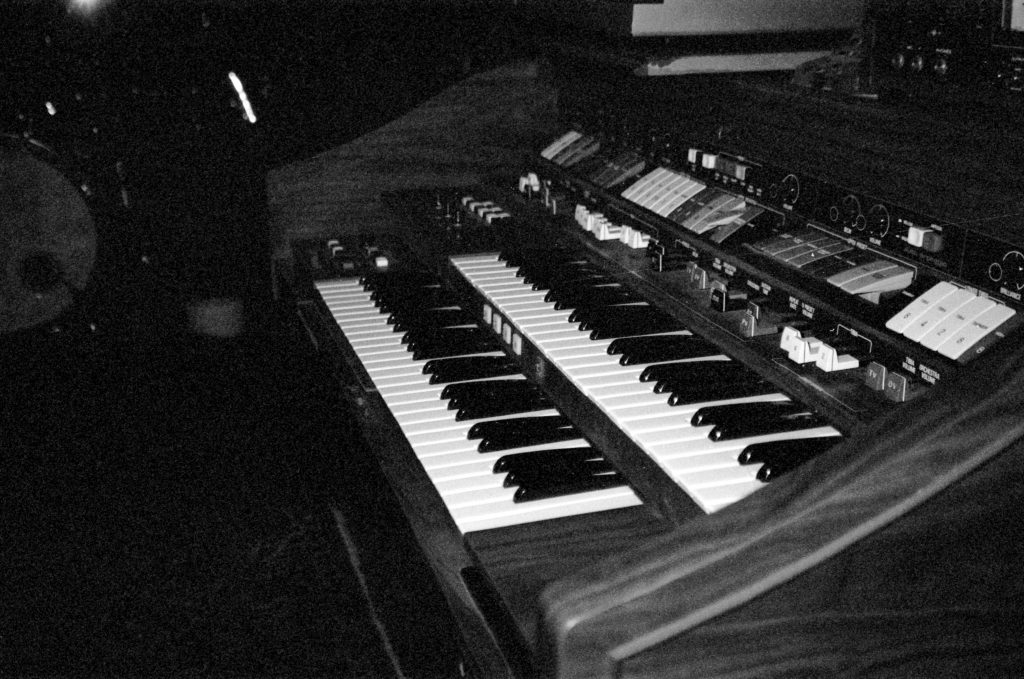
Gear wise, at the moment I’m pretty interested in the Overstayer Modular Channel Stereo. It looks like it pulls really unique compression and distortion effects. Would also love to try some Amphion speakers at some stage!
If I could give any advice based on what I’ve learnt so far, it’s simple – I think the most important thing is to always make music that you want to hear as a listener, and feel truly compelled to make. It’s pretty easy to get side-tracked with the commodification of music and how you can fit into that complex ecosystem. I think great art will always be valuable.
There’s a bunch of material I’m really excited about at the moment! I’m currently working on some material for a dream pop band called Lorelei who are incredible (and some accompanying solo projects). I just finished up a track for an artist Gloomie who is a beautiful songwriter, and next week I’m starting the second record for a shoe-gaze/pop band called Peel – and we always get pretty experimental in those sessions and pull a bunch of new sounds… I’m amped!
I’ve also been slowly but surely building up a record of my own that will be in the not too distant future. That’s definitely where a lot of my attention is focused at the moment.
Also you can check out my production work on IG – @noisebydemon x
View this post on Instagram
